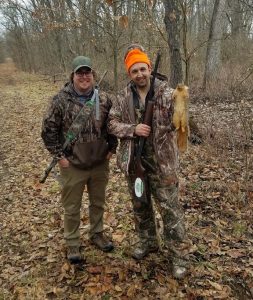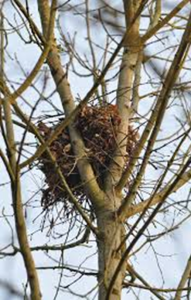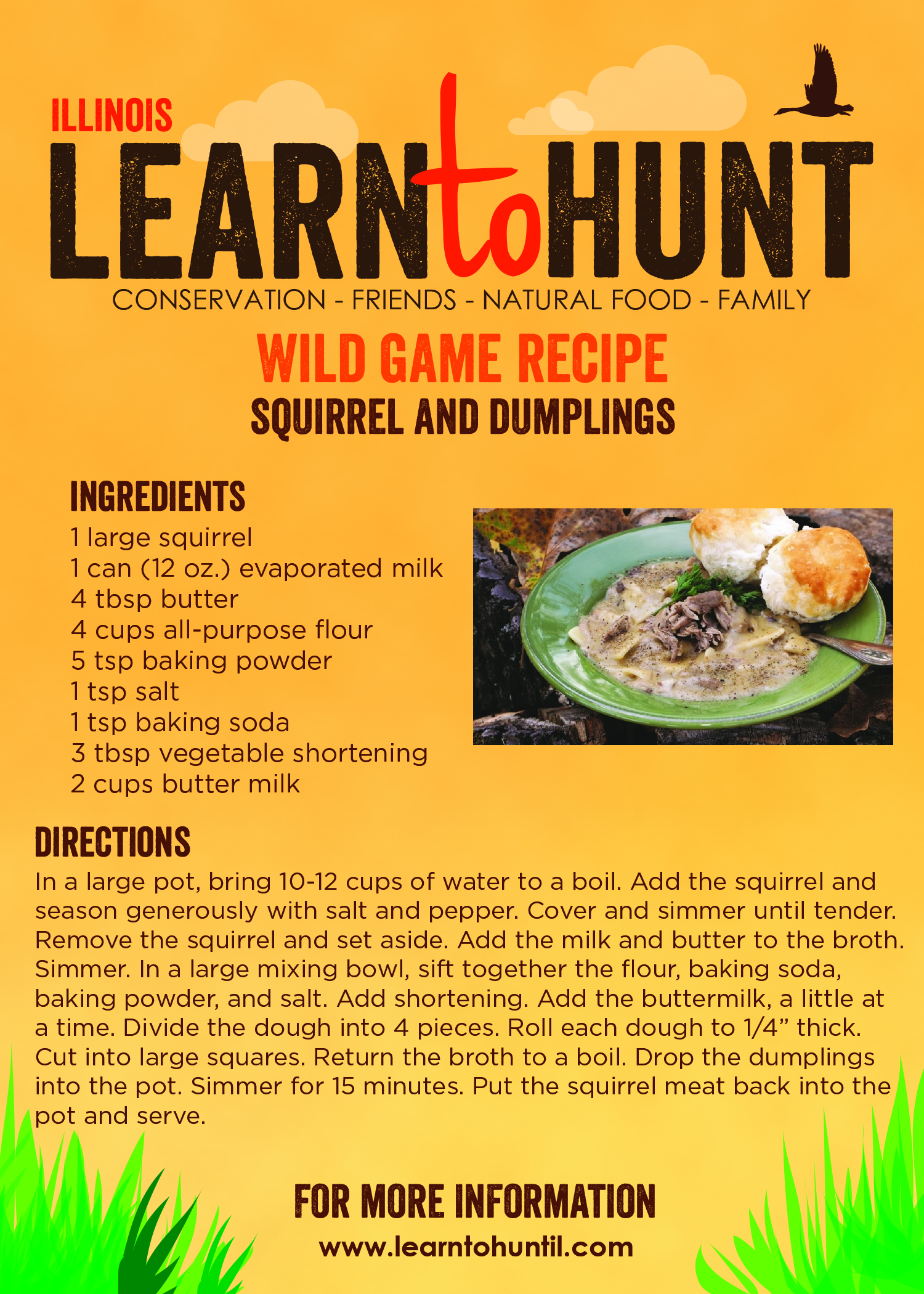Looking for a mid-winter outdoor activity? Try squirrel hunting!
It has been said, “the secret to happiness is to have someone to love, something to do, and something to look forward to.” As we reach the middle of winter, it is safe to say, we can all look forward to warmer weather, evening scouting, and gobbling Toms coming in the spring. Finding someone to love, that can be a topic for another blog. However, if you are looking for something to do post-deer season, we have you covered.
Even though squirrel is considered by many to be delicious, enjoyable to hunt, and surprisingly challenging; squirrel hunting has become an under-utilized resource by many hunters. Hunters may view squirrel hunting as an activity for youth hunters or beginners and may rather focus their time on larger game; however, squirrel hunting is a great opportunity to get outdoors and obtain a unique and tasty source of wild game. If you are at all interested in trying squirrel hunting, late January to mid-February is a great time to get in some small game action.
Squirrel Behavior
Squirrel has one of the longest hunting seasons in Illinois, running from August 1st to February 15th, although some Illinois DNR public sites have further restrictions on squirrel hunting. Refer to the site’s Hunter Fact Sheet for more information. As the season progresses, squirrel behavior changes and hunters must adapt to ensure success. In early season, you will see squirrels spending most of the time in trees, although leaves present on the tree may make them difficult to locate. Early morning and late evening hunts can be effective as hunters are likely to catch squirrels leaving the trees in search of food.
As the season progresses, mast-bearing trees (oak and hickory) begin to drop nuts covering the forest floor. Squirrels will begin collecting and caching nuts for the impending winter. Instinctively, squirrels know that food will become scare throughout winter, so caching is an important step to ensure they have plenty of food. Squirrels are often referred to as scatter hoarders. Squirrels do not store all their cached food in one single location, instead, they scatter it in locations that are easily accessible and hidden from other squirrels in the area. Commonly, squirrels will bury nuts about an inch under the soil close to the tree that holds their nest or den. Squirrels are also known to crack open a nut before caching to prevent the seed from germinating.
The later portion of the squirrel season (Jan & Feb) can be an exceptionally productive time for squirrel hunting. With most of the leaves off the trees leading to increased visibility and peak-breeding season (January) looming, expect to see lots of squirrel activity throughout the day. Early morning and evening hunts are extremely productive this time of year. Cold and windy weather may impact movement, so paying special attention to weather conditions is imperative. This activity provides a great opportunity for hunters experiencing cabin fever right now!
Squirrel Habitat and Food Resources
When scouting for squirrel habitat, look for a forest that has a good density of mast(nut)-bearing trees (oak and hickory trees). These trees provide shelter and food. If you find a stand of oak, hickory, or beech trees you have an opportunity to find a dense population of squirrels. Pay special attention to the forest floor for evidence of caching and feeding. A telltale sign of active squirrel feeding is looking for acorns or hickory nuts with toothmarks, or nut shells on the ground.
Squirrels are cavity nesters; however, in areas where suitable cavities are not available, squirrels will construct nests out of leaves, sticks, and other vegetation. These nests are referred to as dreys. Identifying the presence of dreys is a great indicator that squirrels are present and using the area. As many of the leaves will be off trees, it should be fairly easy to identify dreys.
Utilize This Time to Scout for Other Species
As you walk through the woods looking for tail flicks and listening for some alarming barks, keep your eyes open for deer and turkey sign. Not only do these animals’ diets overlap, so does their habitat. Use this time as an excuse to go check out new areas you neglected during deer season. Use squirrel hunting as an excuse to do some reconnaissance where you may have heard some turkeys calling last spring. If squirrel hunting isn’t for you, use it as motivation to help get you back out in the woods to better your chances at harvesting your preferred game.
Some Ideas for the Kitchen



